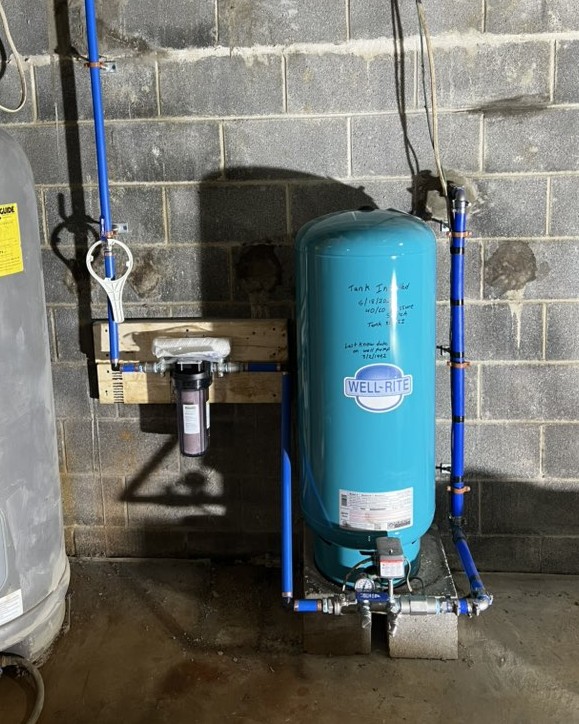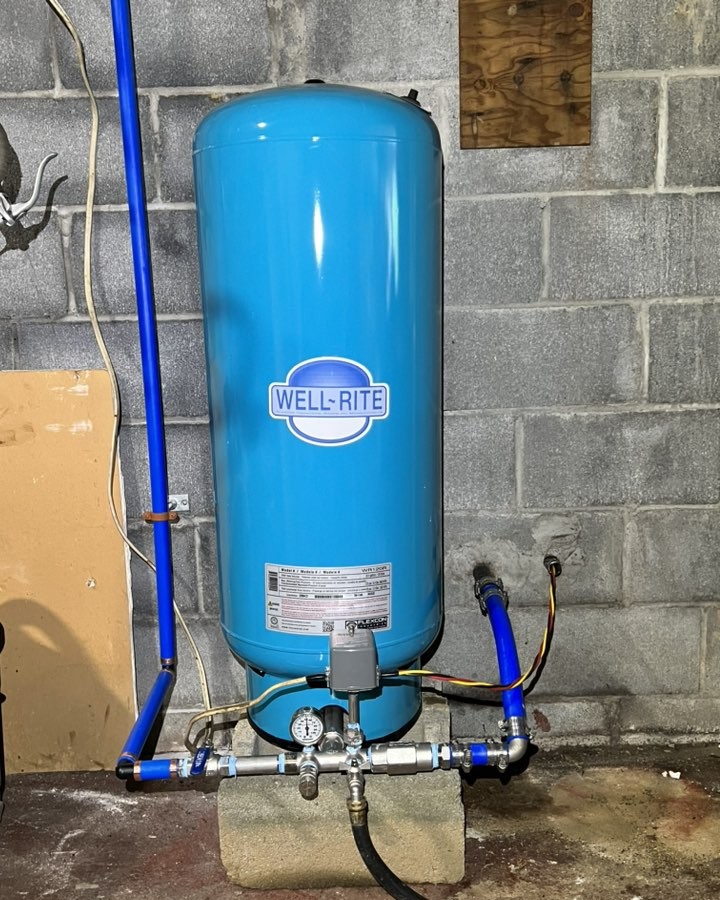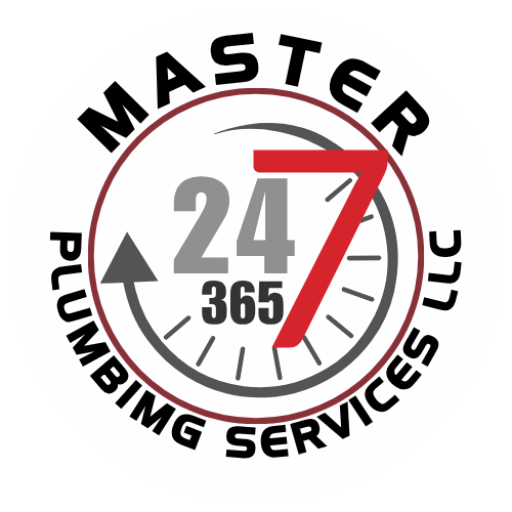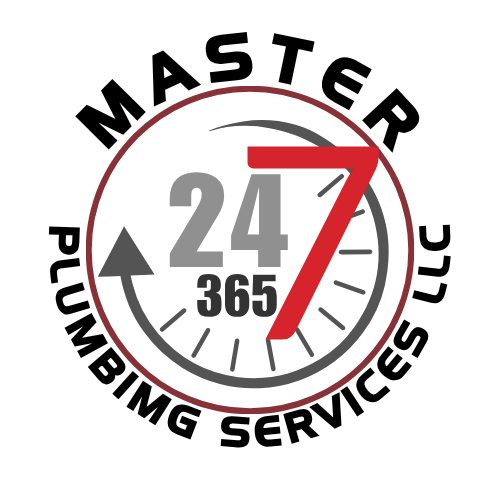If your home relies on a private well, your pressure tank is one of the most important components of the system. It keeps water pressure steady and prevents your well pump from cycling on and off constantly. But if you’re noticing pressure drops or short pump cycles, your tank might be undersized or starting to fail.
Well tanks are measured by their drawdown capacity, or the amount of water the tank can hold before the pump needs to run again. The right size depends on:
Your well pump’s flow rate (GPM)
Your household water usage
Pump cycle frequency
A good rule of thumb:
A well tank should hold 1 gallon of drawdown for every 1 gallon per minute (GPM) of pump capacity.
So, if your pump produces 10 GPM, you’ll want a tank with at least a 10-gallon drawdown (typically around a 30–40 gallon tank total size).
Undersized tanks cause your pump to turn on and off too frequently, wearing out the motor prematurely. A properly sized tank ensures consistent pressure, longer pump life, and energy efficiency.


Most well pressure tanks last 8–15 years, depending on water quality and maintenance. Watch for these signs that yours might be on the way out:
Rapid pump cycling (pump turns on/off every few seconds)
Low or fluctuating water pressure
Visible rust or water leaks around the tank
Air spurts from faucets (indicating waterlogged air bladder)
Noisy operation or humming sounds from the pump area
Sometimes the tank can be re-pressurized, but often, a failing air bladder or internal corrosion means it’s time for replacement.
Proper well tank installation requires accurate pressure settings, the right tank size, and correct placement in relation to your pump and water line.
At Master Plumbing Services, we ensure your well system operates efficiently from the tank to the tap. We also recommend adding water treatment to protect your system from minerals that can damage the tank and shorten your pump’s lifespan.
The size depends on your well pump’s flow rate (in gallons per minute) and your household’s water use. A general rule is to choose a tank with one gallon of drawdown for every gallon per minute your pump produces. For example, a 10 GPM pump usually needs a 30–40 gallon tank. An undersized tank can make your pump turn on too often and wear out faster.
Most well tanks last 8–15 years, depending on water quality and maintenance. Hard water or high mineral content can shorten that lifespan. Regular inspections and water treatment can help your system last longer.
You may notice low or fluctuating water pressure, air sputtering from faucets, short pump cycles, or visible leaks or rust on the tank. If your pump runs every few seconds, the air bladder may be damaged and the tank could need replacing.
While it might seem straightforward, replacing a well tank requires proper pressure calibration and safe plumbing connections. Hiring a licensed plumber ensures your system runs efficiently and prevents costly pump damage. In many Pennsylvania municipalities, only a Master Plumber can perform this type of work legally.
Installing water treatment or softening systems helps reduce mineral buildup that can damage internal components. Also, keeping the pressure settings within manufacturer guidelines prevents excessive cycling. Annual maintenance by a professional plumber is the best way to protect your investment.



